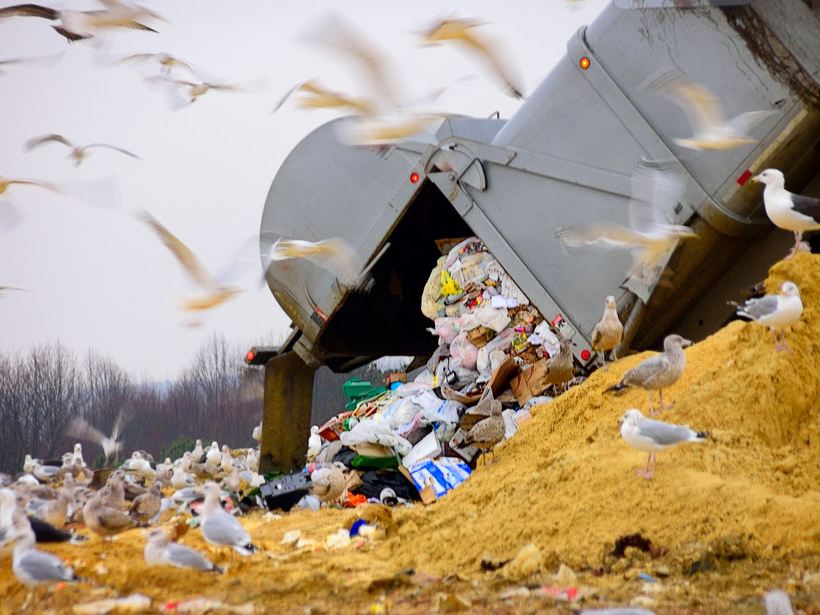
[ad_1]
As cities around the world continue to swell, urban dwellers account for a larger and larger share of the world’s greenhouse gas emissions. In fact, the 2014 Intergovernmental Panel on Climate Change report attributes more than 70% of anthropogenic emissions to cities. To mitigate climate change, scientists and policy makers believe it is crucial to establish reliable estimates of urban emissions and their sources.
Recent research suggests that state and national greenhouse gas inventories poorly characterize urban emissions—particularly for methane, which carries more global warming potency than carbon dioxide on a per mass basis over a 20-year horizon.
Now Ren et al. suggest these inventory estimates may actually be lower than observed values, by a factor of nearly 3 in some metropolitan areas. In 2015, the team began investigating methane discharged across Baltimore, Washington, D. C., central Maryland, and northern Virginia. Altogether, the region is the fourth most populated in the United States, with nearly 8.5 million inhabitants. Until now, however, the metro area lacked an observation-based account of region-wide methane emissions, which mainly stem from leaky natural gas systems, landfills, and wastewater treatment plants.
To quantify emissions, the researchers conducted aircraft-based mass balance experiments. Over the course of two winters, they traversed the study area 15 times, with each run typically including one upwind and three downwind transects (relative to urban areas) to quantify methane discharge. The flight experiments occurred during the winter, when plants consume less carbon dioxide, which allowed for a more accurate accounting of greenhouse gases. The aircraft collected data on methane, carbon dioxide, carbon monoxide, ozone, and black carbon, among other measurements.
After two winters of sampling, the researchers estimated that methane enters the atmosphere at about 9 kilograms per second in the Baltimore-Washington region. This rate is 2.8 times higher than the emission rate inferred from the national methane inventory and 1.7 times higher than the Maryland inventory reports. The rate is based on two methods of analysis of the aircraft measurements: the mass balance approach and estimates based on the ratios of methane to carbon monoxide and to carbon dioxide. Because human sources of both carbon dioxide and carbon monoxide are often collocated with methane, the researchers observed strong correlations.
The results indicate that landfills play a more significant role in methane emissions than previously believed: The total methane emitted from the monitored dumps exceeded prior estimates by a factor of roughly 2. One site alone, the Brown Station landfill, spewed greater than 9 times more methane than the values reported by the Environmental Protection Agency’s Greenhouse Gas Reporting Program, even though the landfill gas collection and control system was in operation on the site.
The study also found that the region’s natural gas system—another major source of pollution—accounts for 40%–60% of the region’s methane emissions. The researchers have been working closely with the Maryland Department of the Environment to get the best possible inventories so that the state can reach its rigorous greenhouse gas reduction goals.
The study demonstrates the value of local, observation-based greenhouse gas estimates and highlights the need to reconcile state and national inventories with local data. The study also illuminates vital facilities and industries where scientists and policy makers can focus climate change mitigation efforts, particularly for cities with aging natural gas distribution systems. (Journal of Geophysical Research: Atmospheres, https://doi.org/10.1029/2018JD028851, 2018)
—Aaron Sidder, Freelance Writer
Source link